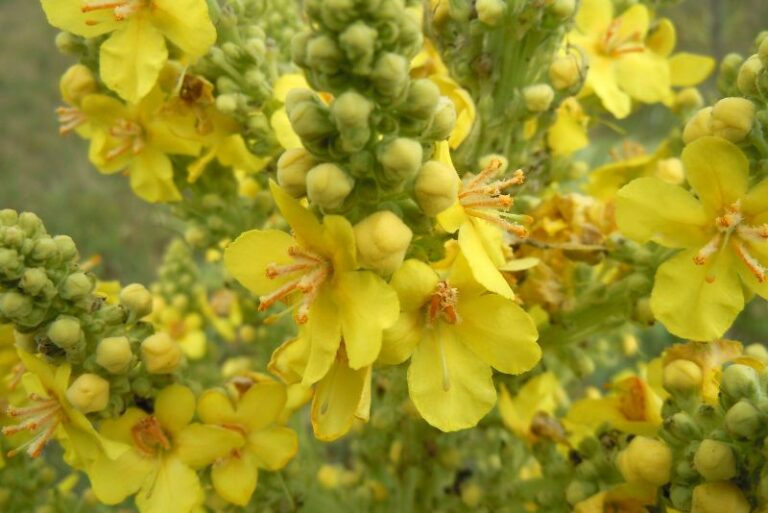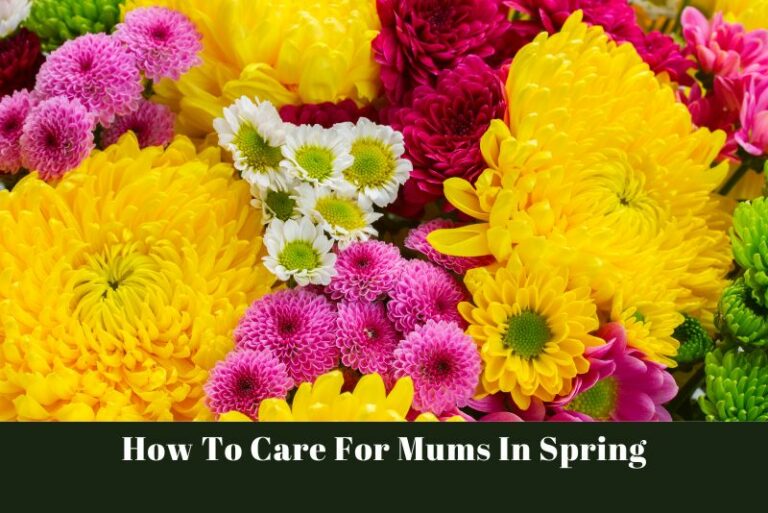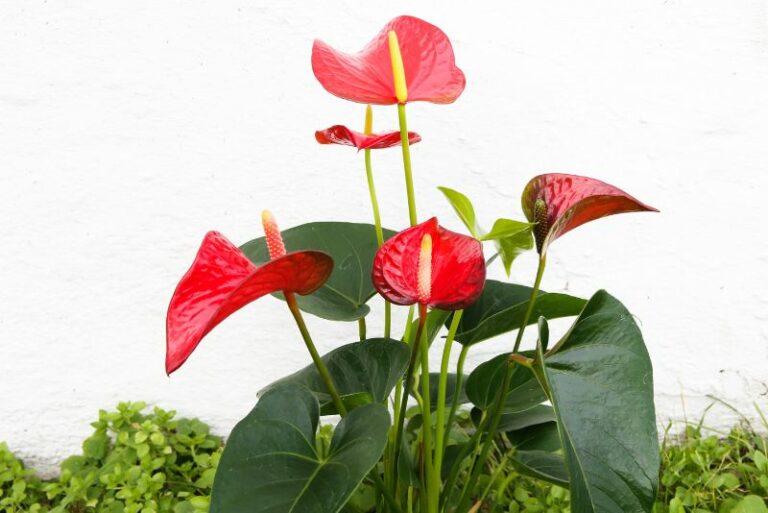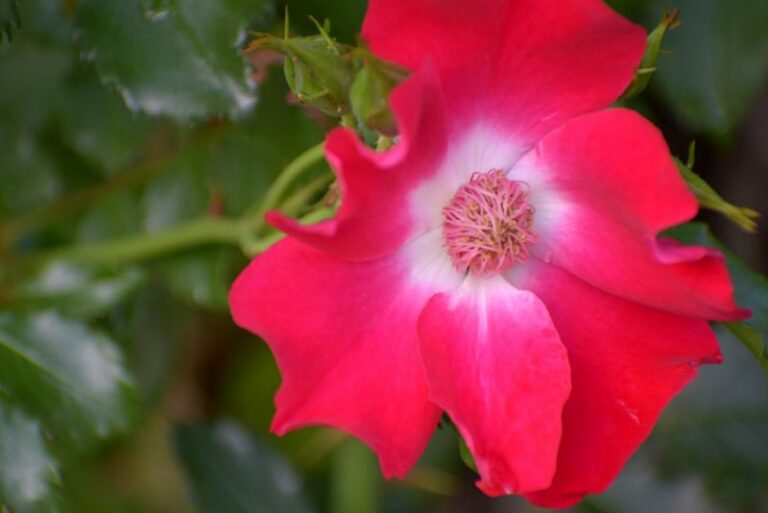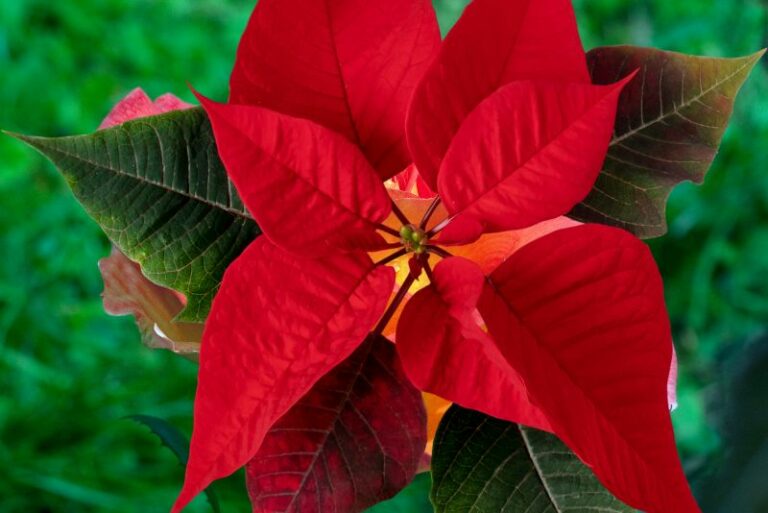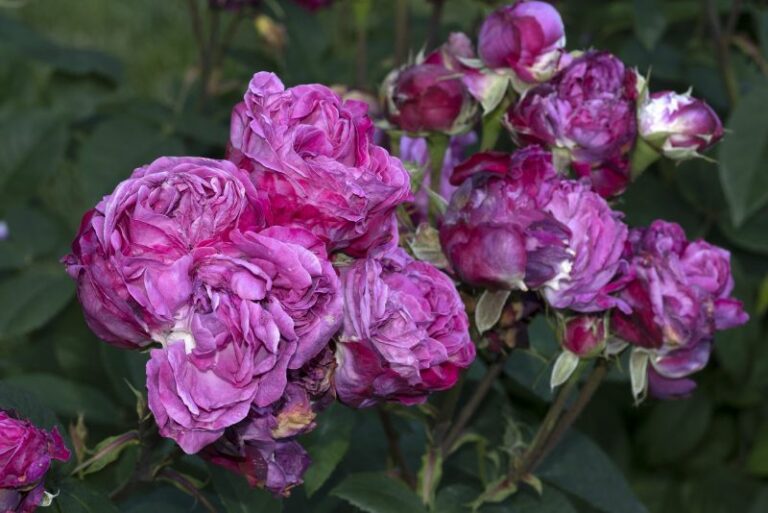Best Salvia Varieties: Stunning Choices for Your Garden
Salvias, also known as sages, are a kaleidoscope in a gardener’s palette, offering an array of colors, sizes, and shapes that can be either a graceful backdrop or a showstopper in your garden. These versatile plants are a perennial favorite among gardening enthusiasts for their vibrant flowers and many benefits. From attracting pollinators to their low-maintenance needs, salvias are a must-have for any horticulturalist.
In this extensive guide, we will explore the best annual and perennial salvia varieties, along with some unique selections, and provide you with the know-how to cultivate these beauties at their best. Whether you’re an experienced gardener or just starting out, there’s a salvia variety that’s perfect for you.
Benefits of Growing Salvias
Before we dig into specific varieties, it’s worth noting why salvias are favored in the gardening world.
Low Maintenance
For gardeners looking to minimize their workload, salvias are a dream. Most varieties are drought-tolerant once established, and they rarely require pruning or deadheading, with the added bonus of being deer and rabbit resistant.
Attract Pollinators
Salvias are butterfly and hummingbird magnets, turning your garden into a bustling sanctuary. They are an essential nectar source, supporting local ecology and providing a burst of life to your backyard.
Variety of Colors and Sizes
No two salvias are alike. From the compact splendor of ‘Victoria Blue’ to the towering elegance of ‘Indigo Spires,’ salvias come in an impressive array of colors and sizes. This variety ensures that there’s a salvia for every landscape.
Annual Salvia Varieties
Annual salvias are perfect for gardens that need seasonal bursts of color or for those who enjoy variety from year to year. These plants complete their life cycle within one growing season, blooming with wild abandon and then setting seed for next season.
Salvia coccinea (Scarlet Sage)

Salvia coccinea, commonly known as Scarlet Sage, is a native of the Southeastern United States with vibrant, tubular bright red flowers that bloom all summer long. This hardy annual can reach up to 3 feet in height and is perfect for attracting hummingbirds.
Salvia splendens (Garden Sage)
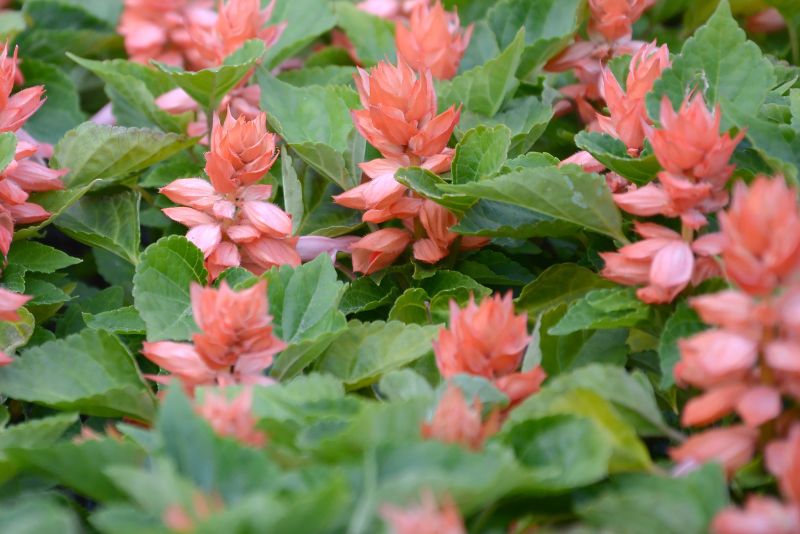
Salvia splendens, often called Garden Sage or Annual Salvia, is beloved for its decorative spires of red, white, or purple flowers. This compact plant grows to around 18 inches high and prefers moist, well-drained soil and full sun.
Salvia farinacea (Mealy Cup Sage)

The long-blooming Mealy Cup Sage boasts deep blue flower spikes and is more drought-tolerant than most. It’s a taller variety, reaching 2 to 3 feet, and is ideal for borders and mixed beds. Ensure well-drained soil to prevent root rot.
How to Grow Annual Salvias
- Plant in a sunny location with well-drained soil.
- Water regularly, especially during dry spells, but avoid overwatering.
- Fertilize with a balanced, slow-release fertilizer every six weeks.
Perennial Salvia Varieties
Perennial salvias are the workhorses of the garden, providing reliable bursts of color year after year. These hardy plants can withstand winter conditions in many climates, returning each spring.
Salvia nemorosa (Woodland Sage)
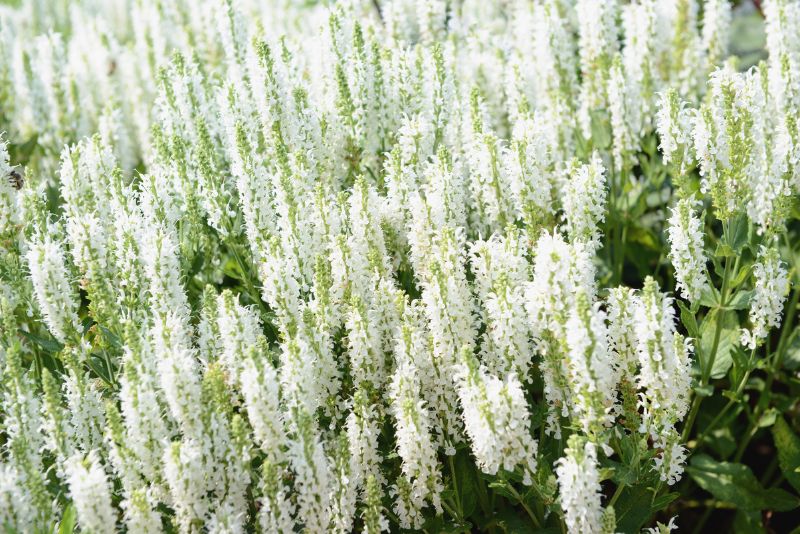
Woodland Sage or Salvia nemorosa is a compact variety, perfect for the middle of the flower border. It offers spires of blue-violet to violet flowers and is a favorite of bees and butterflies.
Salvia x sylvestris (Woodland Sage)

This clump-forming perennial is an excellent choice for the cottage or informal garden. It has graceful spikes of rich blue flowers that are both deer and rabbit resistant.
Salvia leucantha (Mexican Bush Sage)

With velvety, rich purple calyces and white flowers, Mexican Bush Sage is a late bloomer, providing a sea of color in late summer to fall. It’s often used in pots or garden beds and is loved by gardeners and pollinators alike.
How to Grow Perennial Salvias
- Choose a well-drained location with full sun to part shade.
- Most perpetual varieties are drought-tolerant but benefit from regular watering during dry spells.
- Fertilize lightly in spring, and cut back the old flower spikes to encourage more blooms.
Unique Salvia Varieties
For those looking to add a conversation piece to their garden, unique salvias are the way to go. These selections often come with special care requirements but reward with stunning and sometimes unusual blooms.
Salvia discolor (Andean Silver-Leaf Sage)

This rare salvia species is native to the Andean highlands and is known for its striking bicolor flowers. Its green upper lip contrasts with a deep purple lower lip, and the plant features striking, velvet-like silver leaves.
Salvia guaranitica (Anise-Scented Sage)

With its deep blue flowers and an intoxicating anise aroma, this South American native is a treat for the senses. It grows well in containers and is a prolific bloomer once established.
Salvia roemeriana (Cedar Sage)
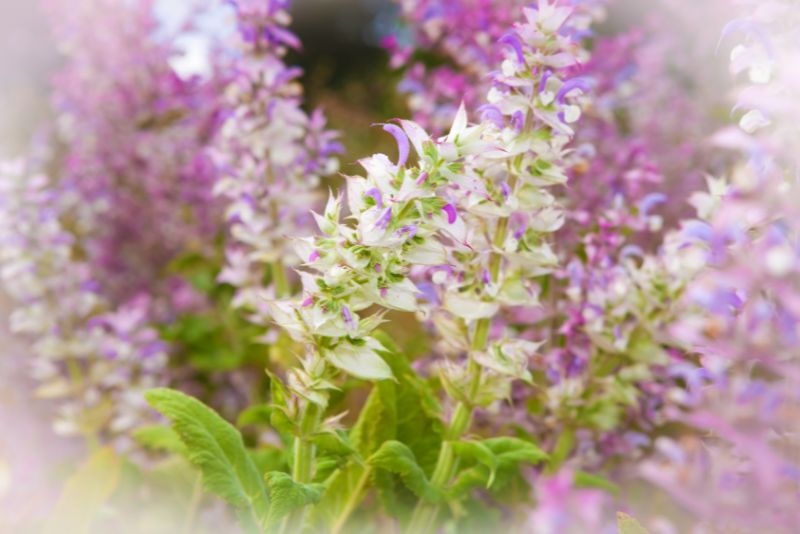
An endangered species native to Texas, Cedar Sage is ideal for rock gardens or as a ground cover. It’s characterized by velvety, bright red flowers and heart-shaped leaves that can enliven even the most barren spots.
How to Grow Unique Salvias
- Research the specific needs of the variety you choose, as they can differ significantly.
- Consider microclimates in your garden to provide the optimum growing conditions for specialty salvias.
- Since some unique salvias might not be as hardy as their more common counterparts, plant them in protected locations or be prepared to take extra care to protect them from severe weather.
Tips for Growing Healthy Salvias
To ensure your salvias thrive, here are some general tips that apply to nearly all varieties:
- Pruning: Regular deadheading encourages more blooms. Cut back perennial salvias in early to mid-summer to promote new growth and prevent legginess.
- Pests and Diseases: Monitor for common pests like aphids and spider mites. Good airflow around the plants can help prevent powdery mildew.
- Overwintering: In colder climates, provide a layer of mulch to protect the base of the plant. Cut back in late winter or early spring before new growth appears.
Conclusion
Growing salvias is a rewarding endeavor that can enhance the beauty of your garden while supporting local wildlife. With so many options available, there’s no reason not to add these stunning plants to your landscape. From the humble Scarlet Sage to the exotic Cedar Sage, and everything in between, each variety offers something unique. Whether you’re looking to create a pollinator paradise, add color to your rock garden, or simply enjoy the vibrant blooms, there’s a salvia for you.
Explore the many faces of the Salvia genus, and you’ll not only enrich your garden but also your understanding and appreciation of the world of botany. With the knowledge and variety presented in this guide, the only thing left to do is get your hands dirty and watch your garden flourish with the beauty of salvias. Happy gardening!

